The Barn and Carriage House
Their architectural origins & what’s to come
This project has been funded in part by a grant from the Preservation Fund for Eastern Massachusetts of the National Trust for Historic Preservation.
History | Carriage House | Barn | Today & What’s to Come | Phase I | Vision | Latest Updates | Mission Statement
History
The Barn and Carriage House are typical examples of an early carriage house and Gilded Age barn. The Carriage House on the right was the original structure. The barn addition to the left was added later, blending two very different architectural styles.
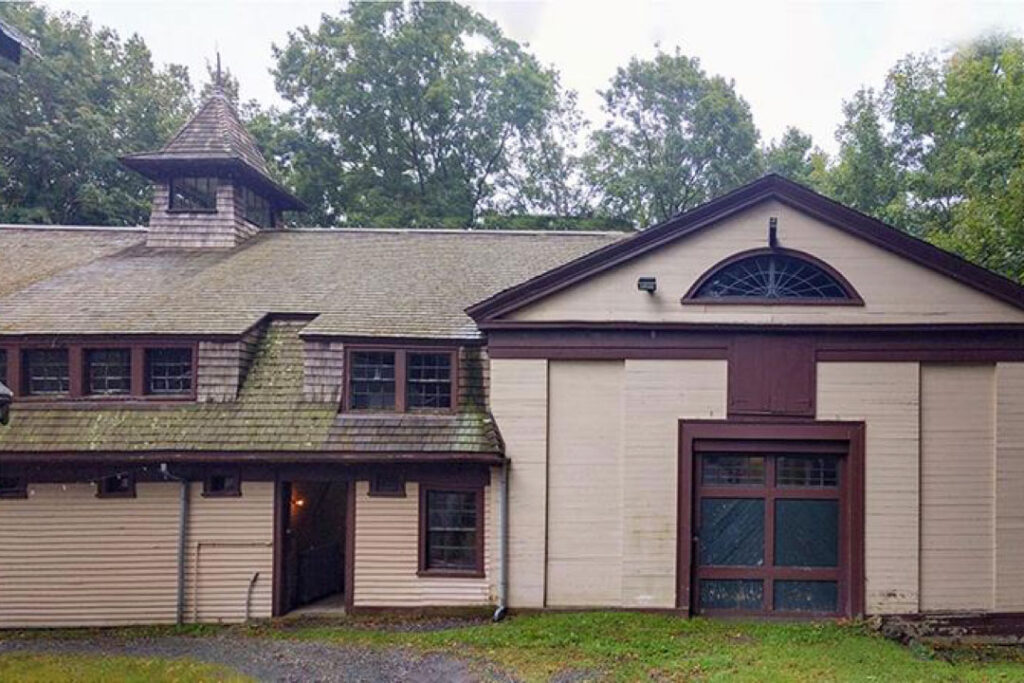
History | Carriage House | Barn | Today & What’s to Come | Phase I | Vision | Latest Updates | Mission Statement
Carriage House
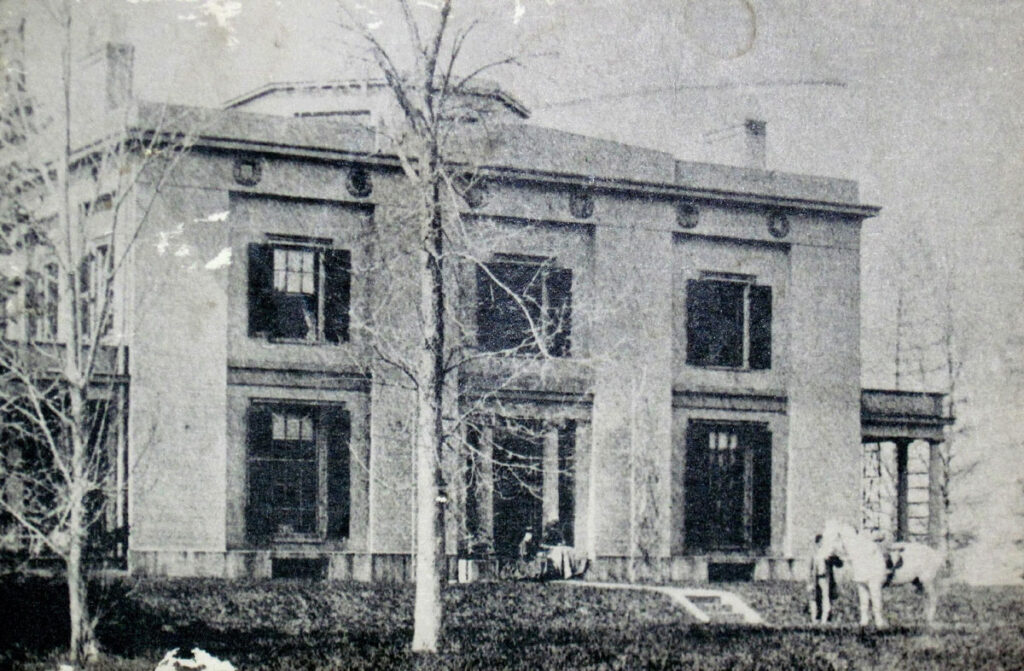
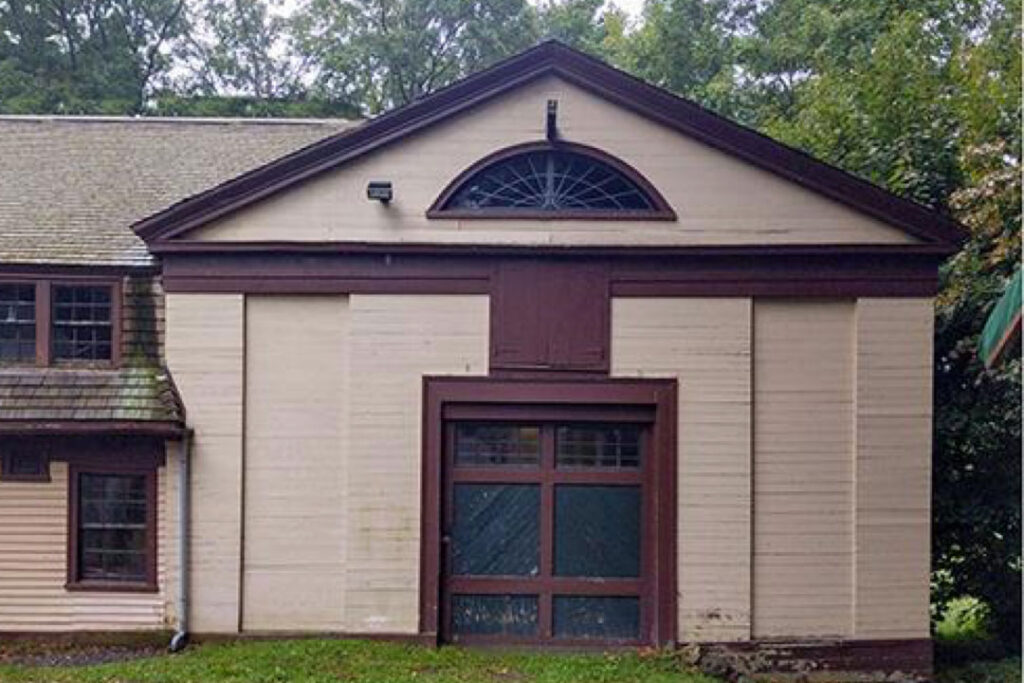
The Family
Thomas Tunno, Margaret’s eldest son, drowned in a typhoon off the coast of China in 1829; insurance money from his estate funded the construction of these stately buildings. Margaret’s two younger sons – Robert Bennet and John Murray – followed their brother into the China Trade and helped support the family.
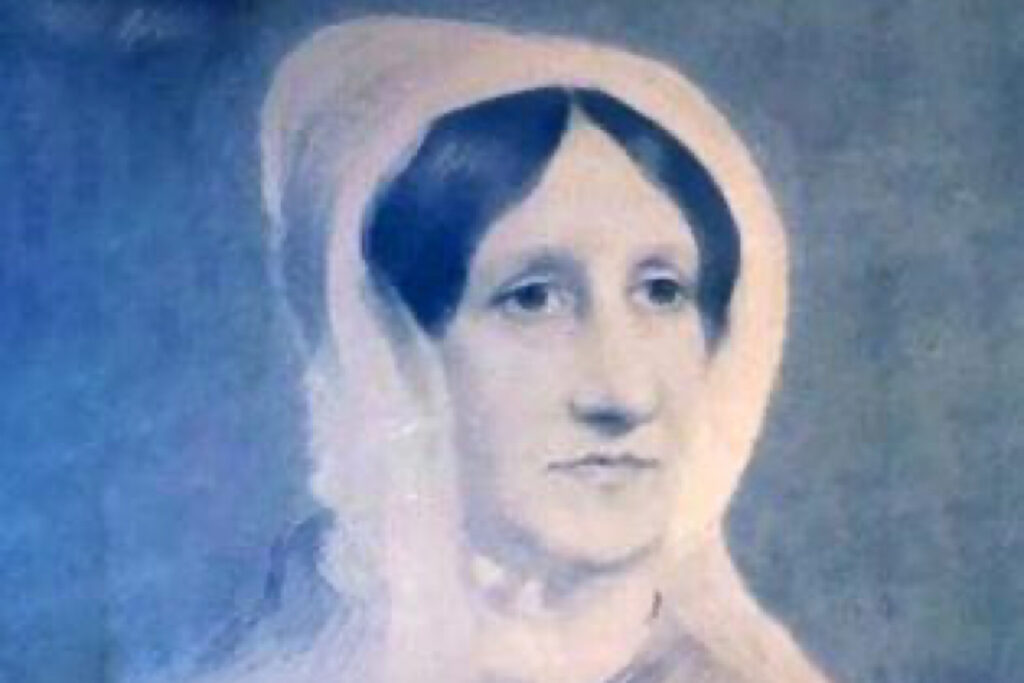
Architect
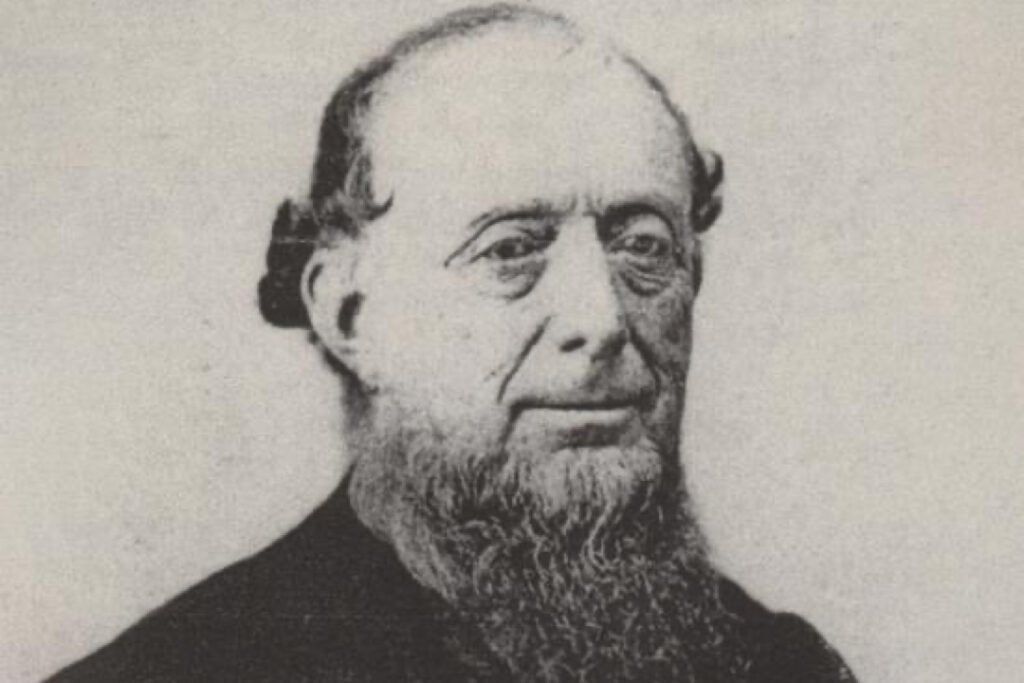
Key Features of Carriage House
- Façade resembles a Greek temple with projecting pilasters, pedimented gable, and a low-pitched roof
- Flushboard siding meant to suggest stone
- Decorative detailing seen in the fanlight design of the lunette window

Isaiah Rogers Legacy
Isaiah Rogers was considered one of the country’s foremost hotel architects. His Tremont House Hotel (1829) was the first to have indoor plumbing. He also designed the Astor House in New York City (1834-1836) and the Exchange Hotel in Richmond, VA (1841). From 1862-1865 he was the Supervising Architect of the United States.
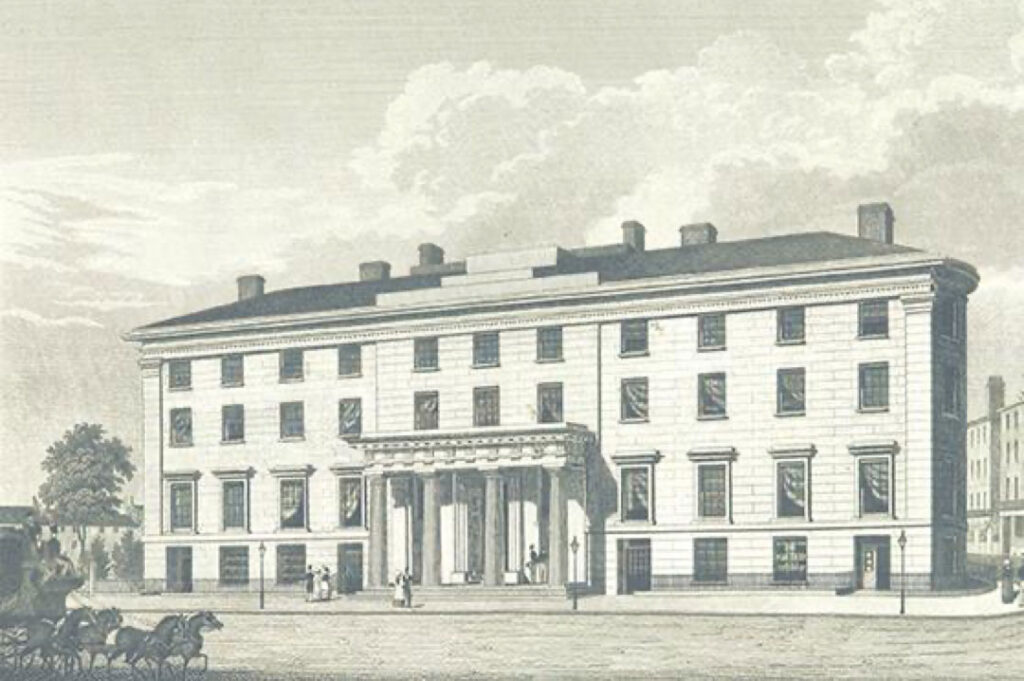
History | Carriage House | Barn | Today & What’s to Come | Phase I | Vision | Latest Updates | Mission Statement
Barn
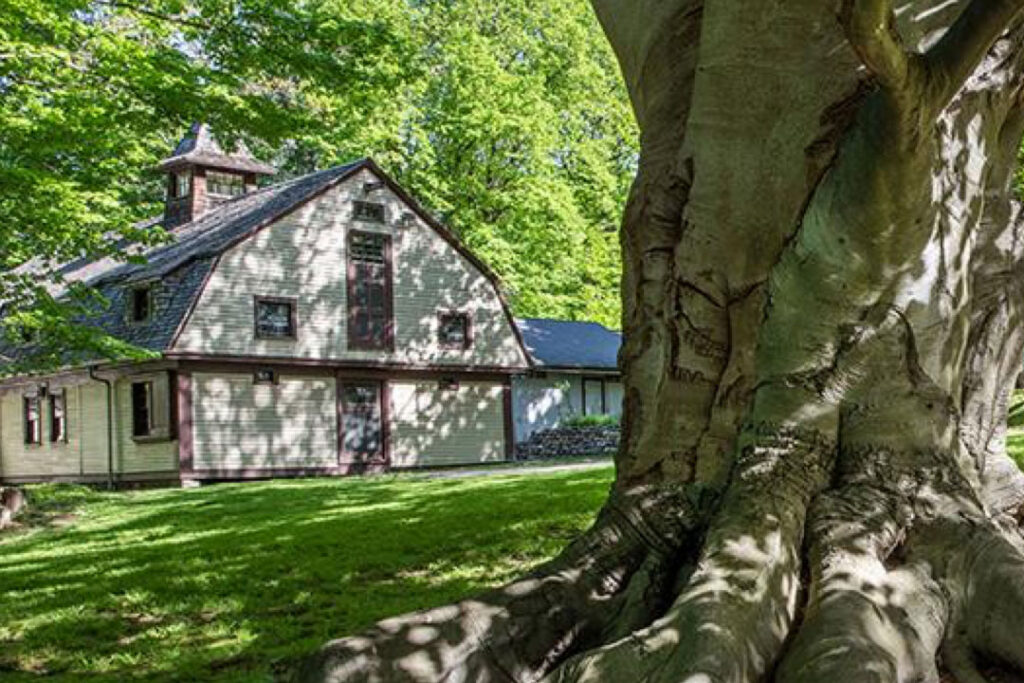
The Family
Like his father Robert Bennet Forbes, and Uncle John Murray Forbes, James Murray Forbes worked in the China Trade. He married Alice Bowditch, the granddaughter of Nathaniel Bowditch of Salem, MA who wrote the definitive guide to navigation, “Practical Navigator.” James and Alice raised three children in the Forbes House.
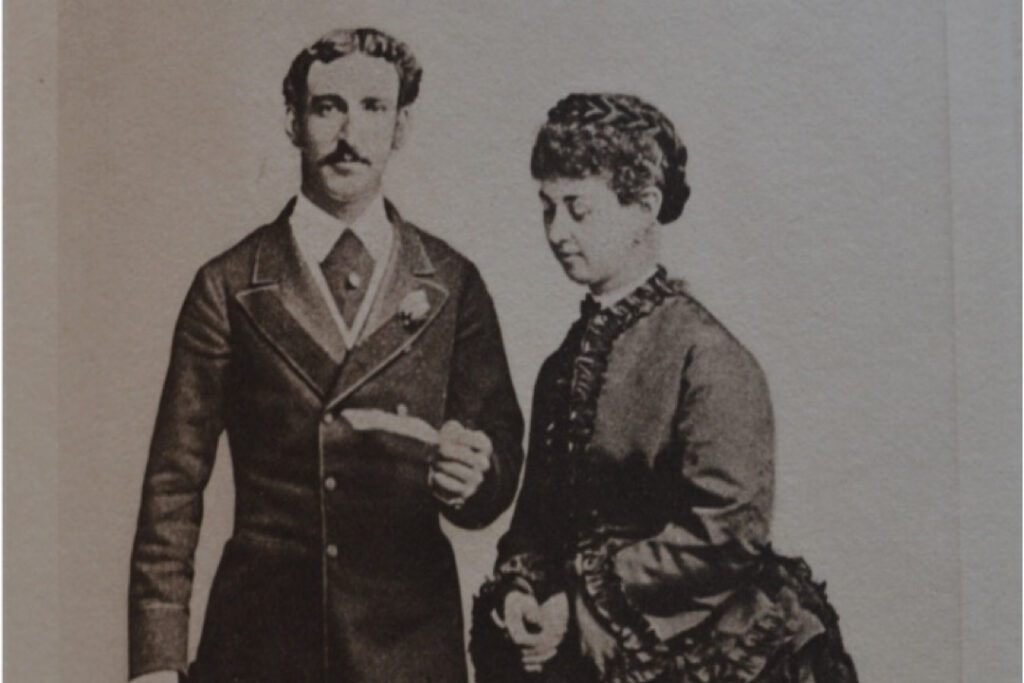
Architects
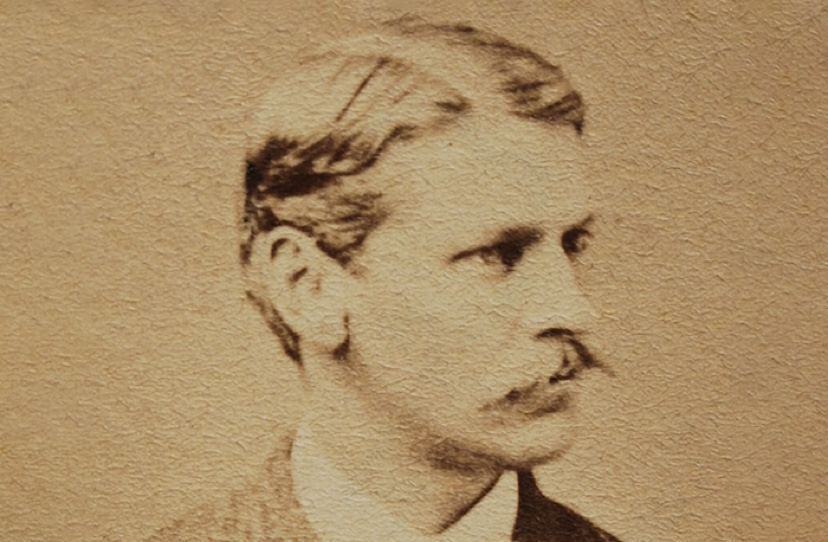
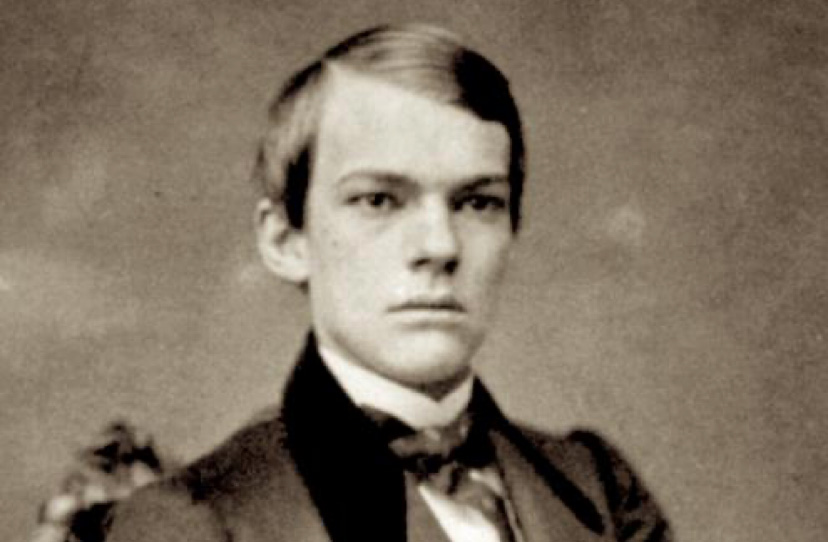
Boston’s Leading Architects
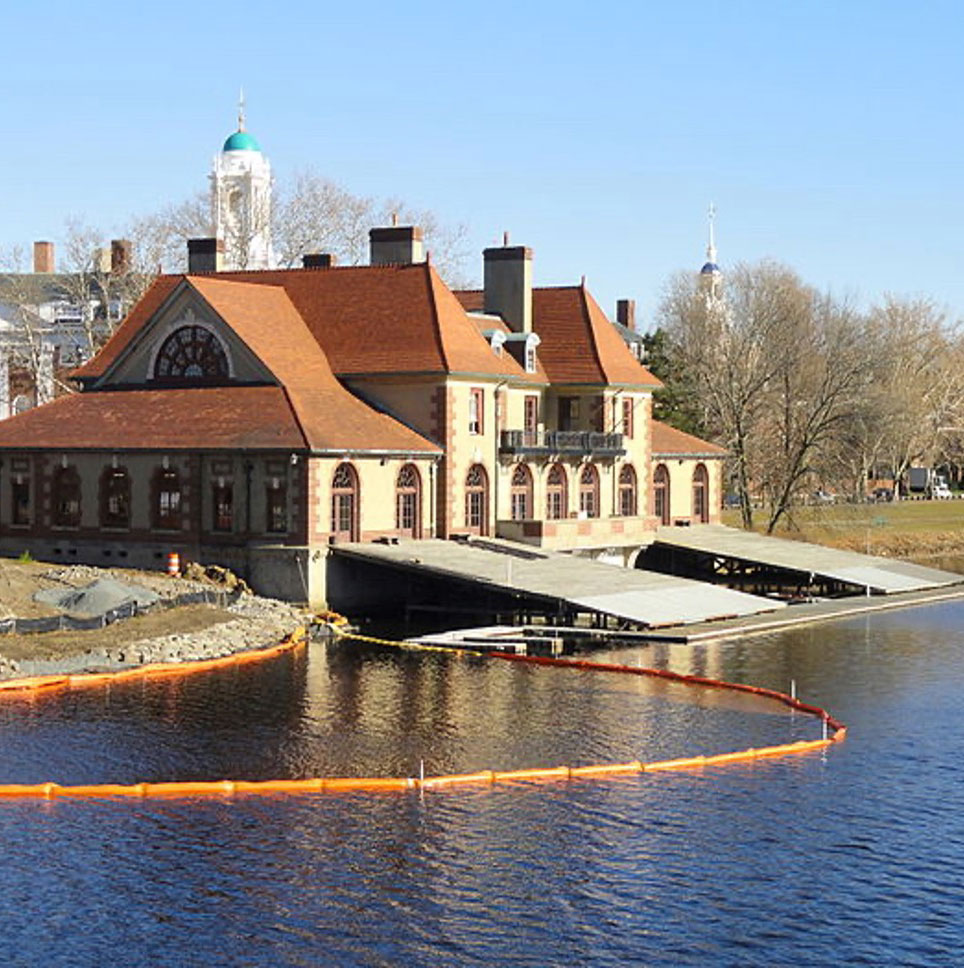
Cambridge, MA
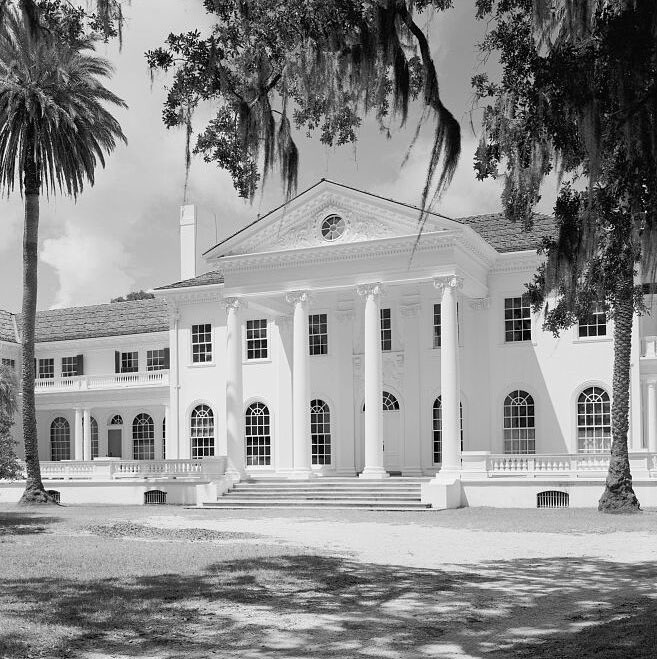
Cumberland Island, GA
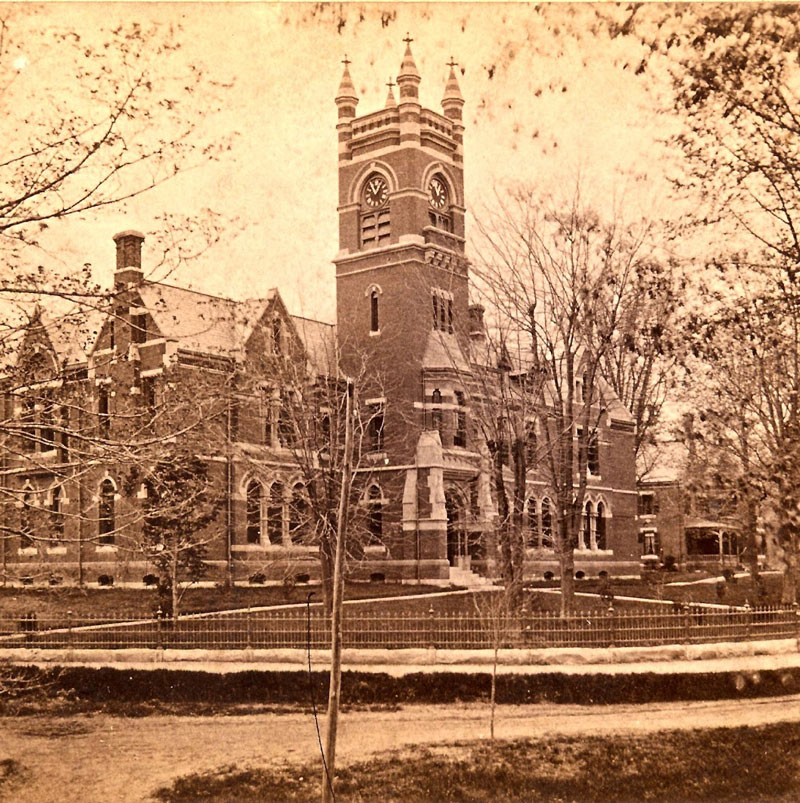
Northampton, MA
Key Features of the Barn
- Weathered gambrel roof
- Cedar shakes blend in with the natural environment
- Variety of window sizes and styles
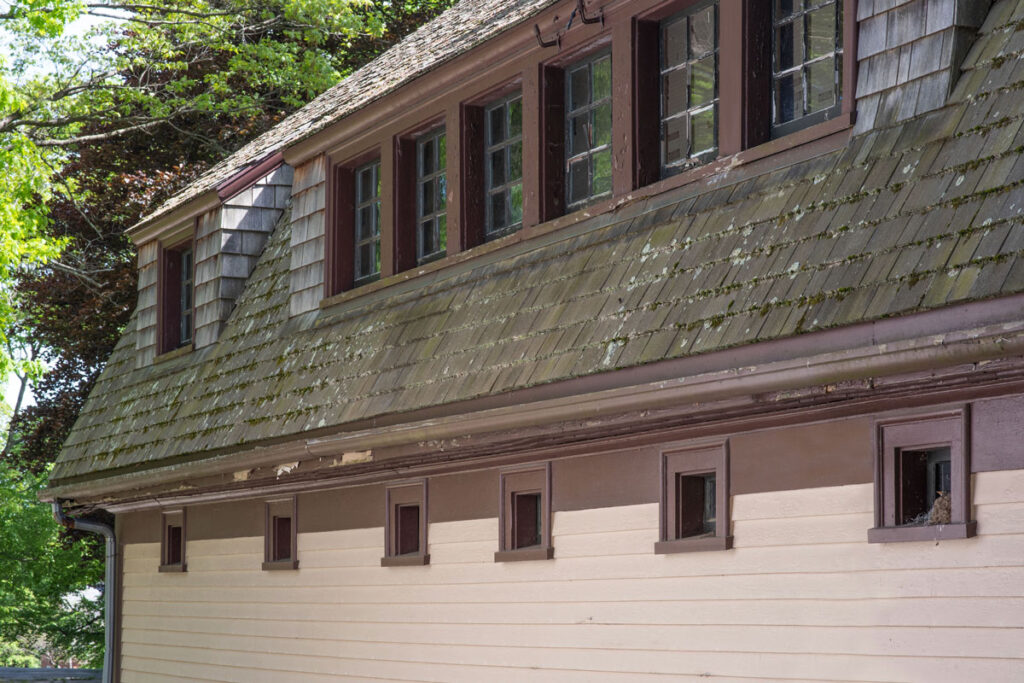
- Shingled cupola with a flared base
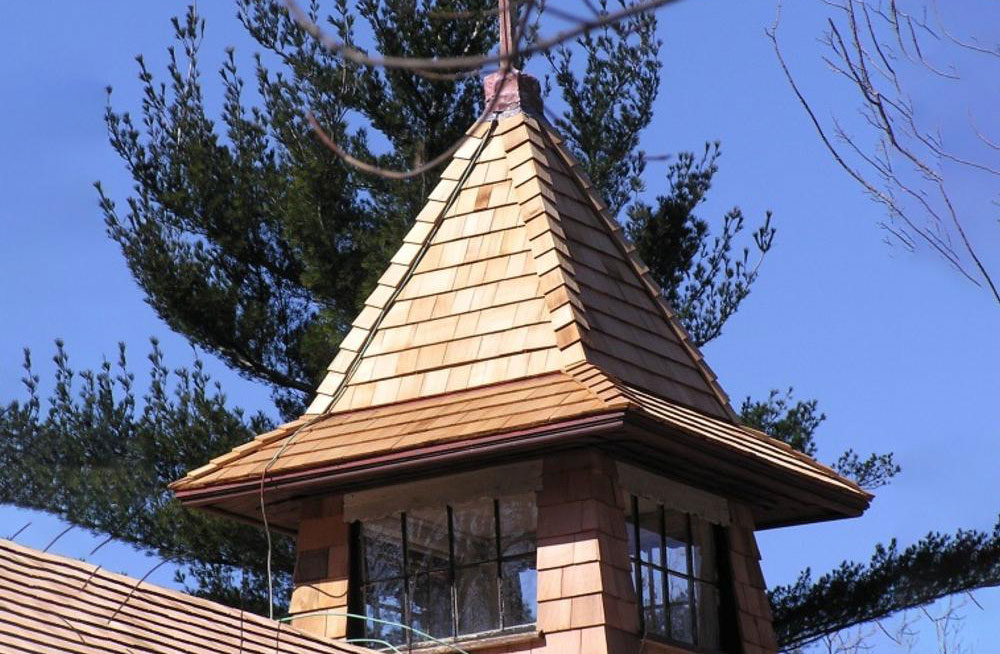
- Stained and varnished bead board in the horse stalls
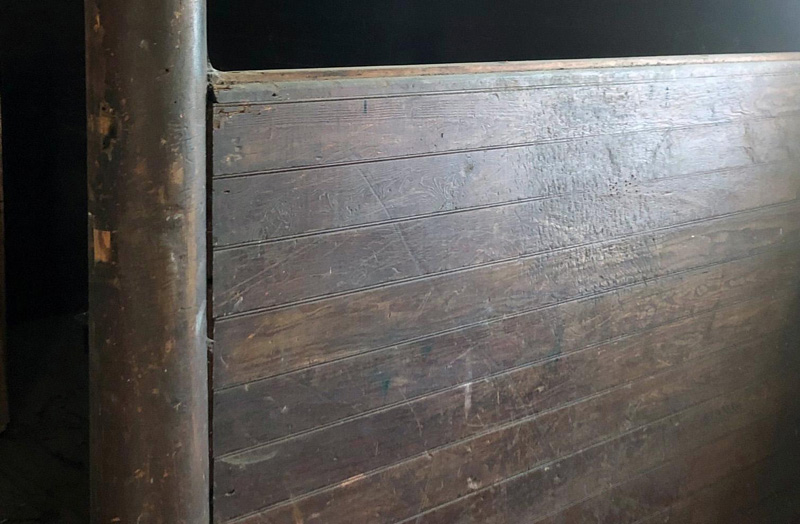
History | Carriage House | Barn | Today & What’s to Come | Phase I | Vision | Latest Updates | Mission Statement
Today & What's to Come
Barnfest
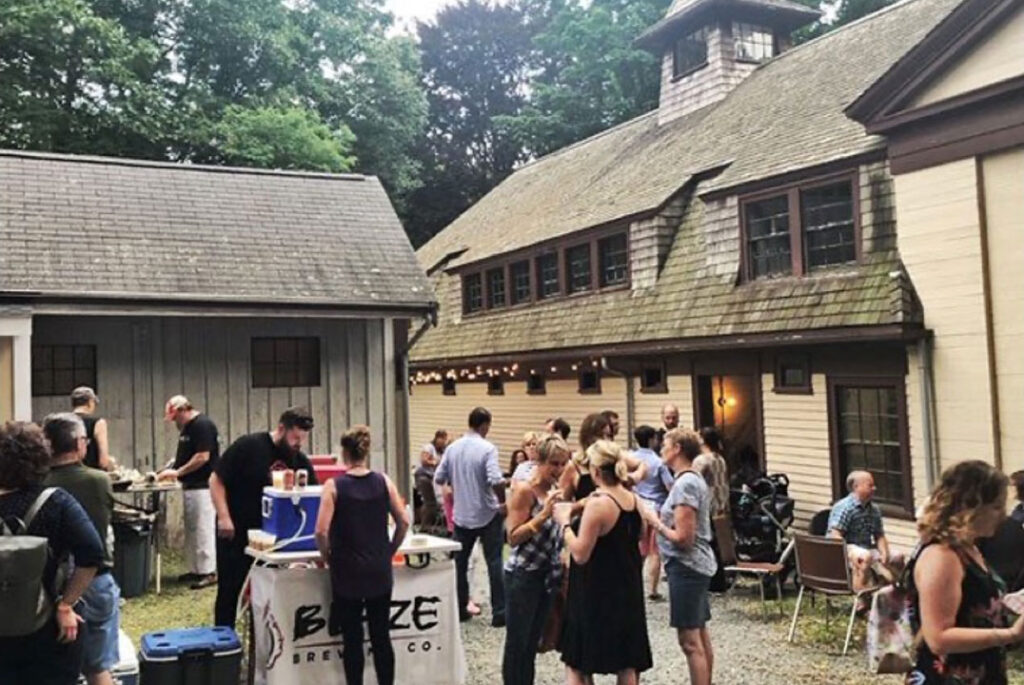
History | Carriage House | Barn | Today & What’s to Come | Phase I | Vision | Latest Updates | Mission Statement
Phase I: Stabilize & Make Weathertight
The first step in the multi-phase plan to restore and repurpose the barn is to address water intrusions and structural issues. Areas requiring immediate attention include the foundation, windows, roof, gutters and downspouts.
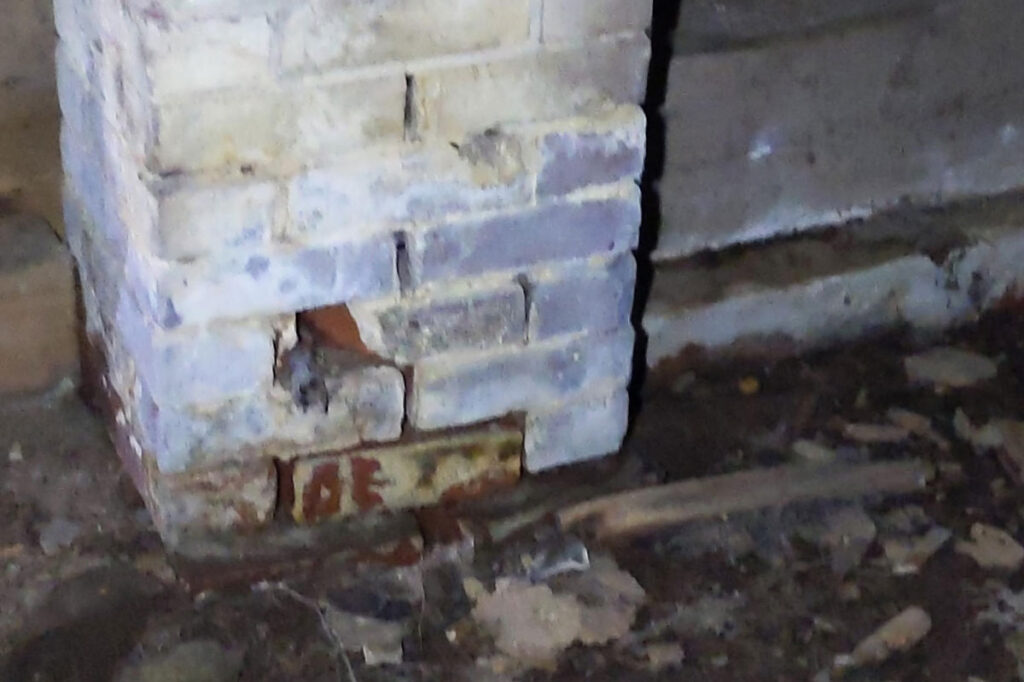
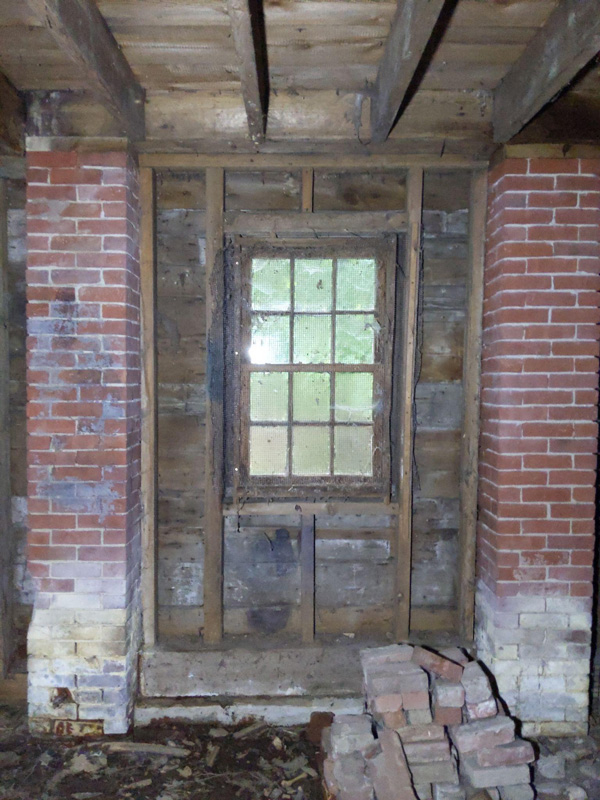
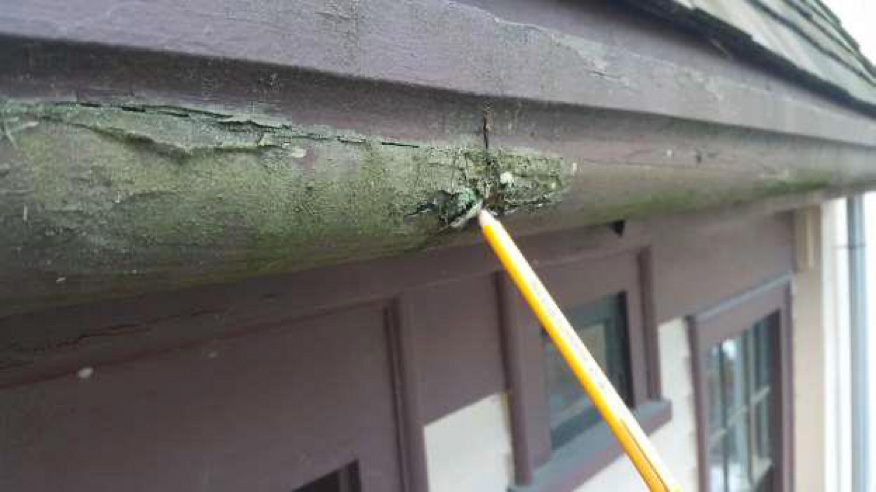
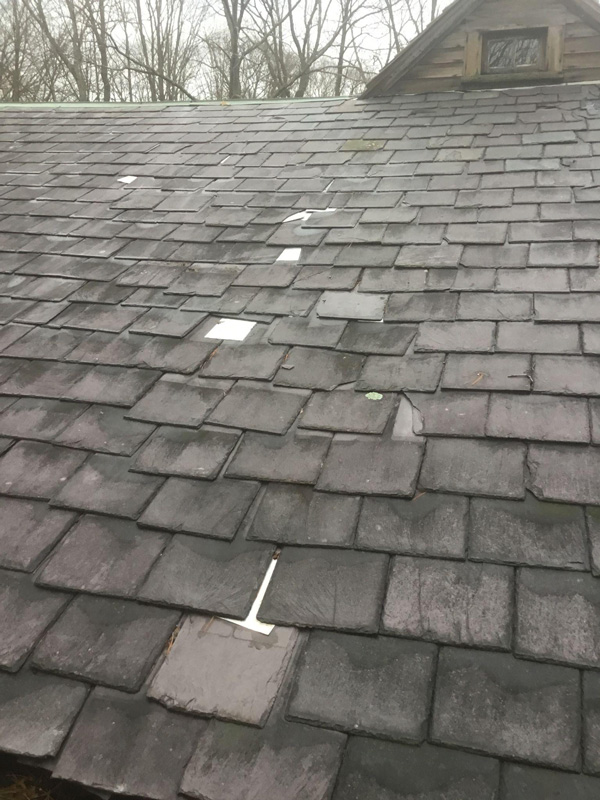
History | Carriage House | Barn | Today & What’s to Come | Phase I | Vision | Latest Updates | Mission Statement
Vision
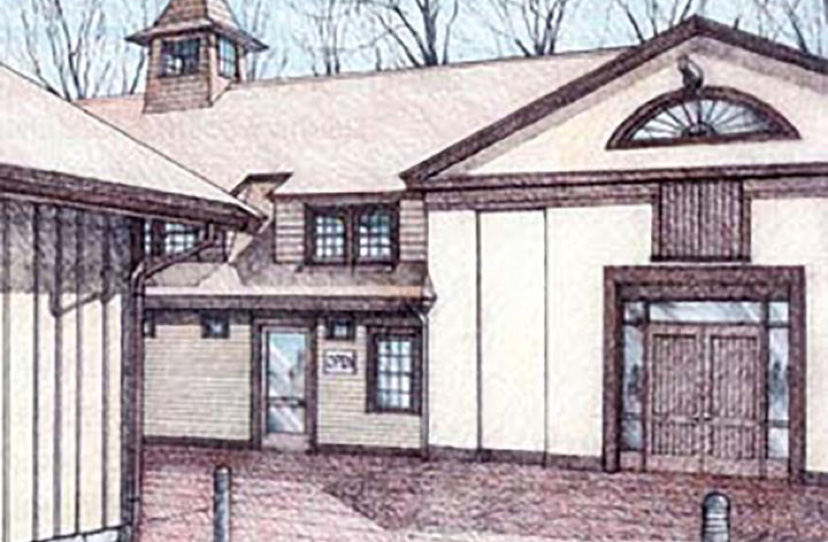
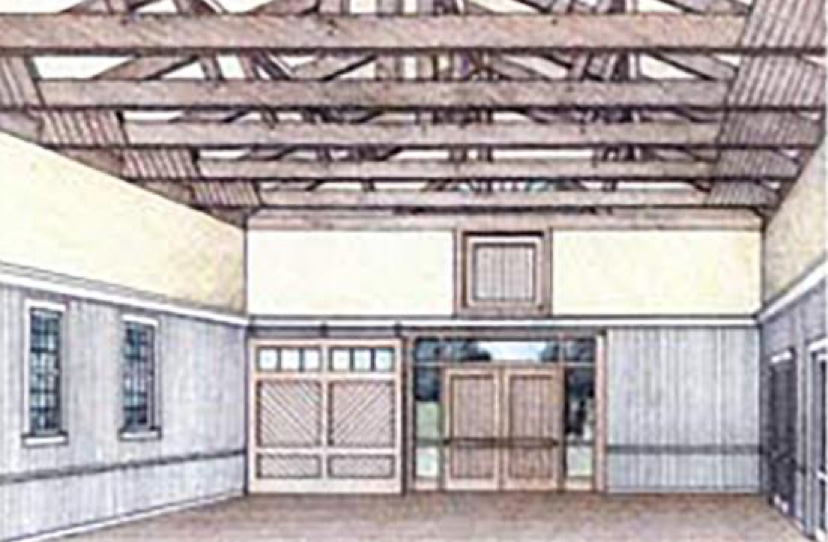
History | Carriage House | Barn | Today & What’s to Come | Phase I | Vision | Latest Updates | Mission Statement
Latest Updates
Work has begun! The first phase of work to stabilize and restore the Carriage House and Barn has started in the basement. It involves deep repointing of the foundation and preparing the ground for new footings and slab.
This Project has been funded with the assistance of a matching grant from the Massachusetts Historical Commission, a division of the Office of the Secretary of the Commonwealth, William Francis Galvin, Secretary. Additional funding is provided by the Town of Milton’s Community Preservation Act, Massachusetts Cultural Council Cultural Facilities Fund and Preservation Massachusetts/1772 Foundation, as well as gifts from many generous individuals.
Foundation wall; before and after.
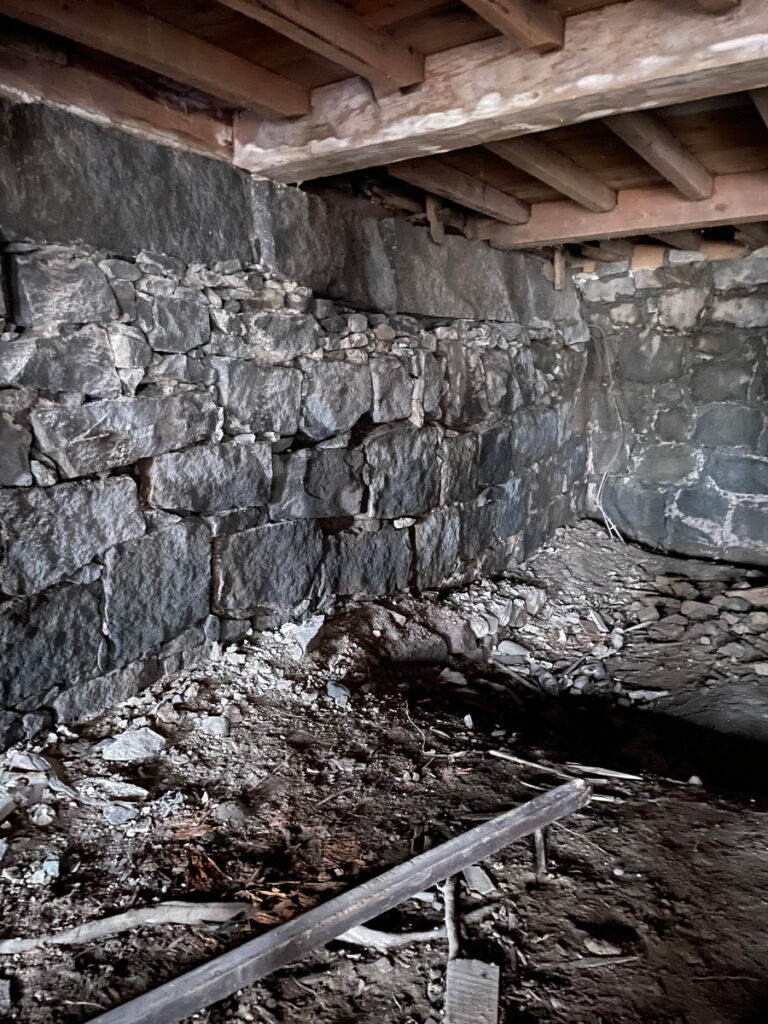
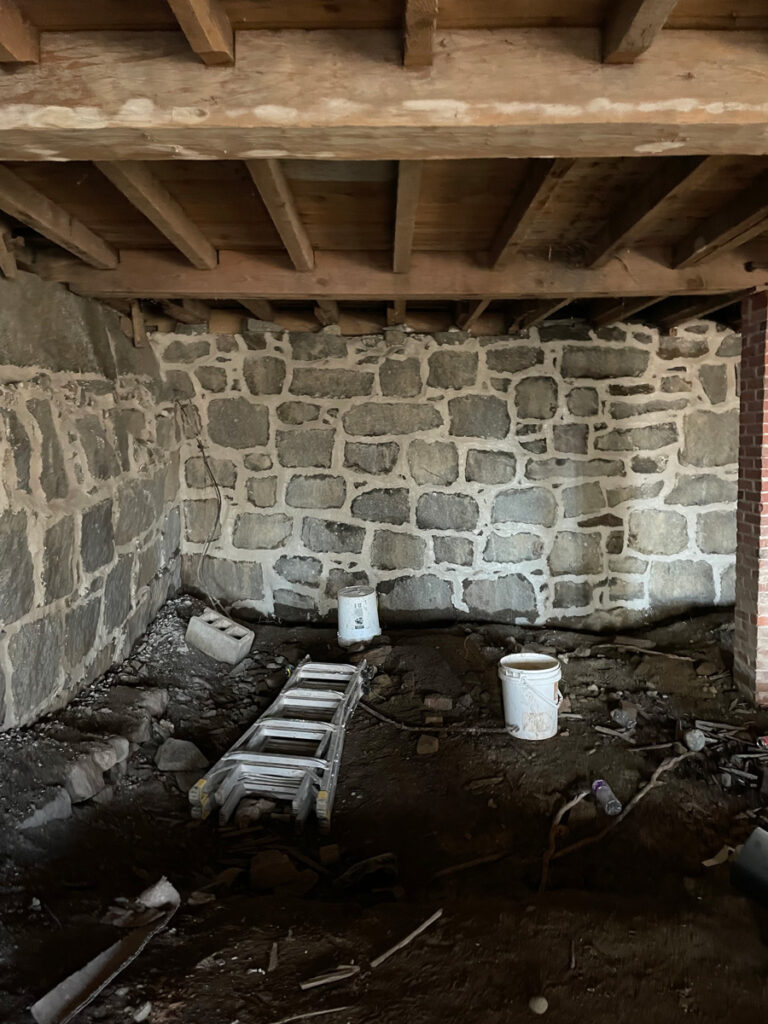
Mission Statement
Inspired by the Forbes family legacy of entrepreneurship, philanthropy and social action,
the Forbes House Museum fosters discourse around civic engagement and cultural awareness.